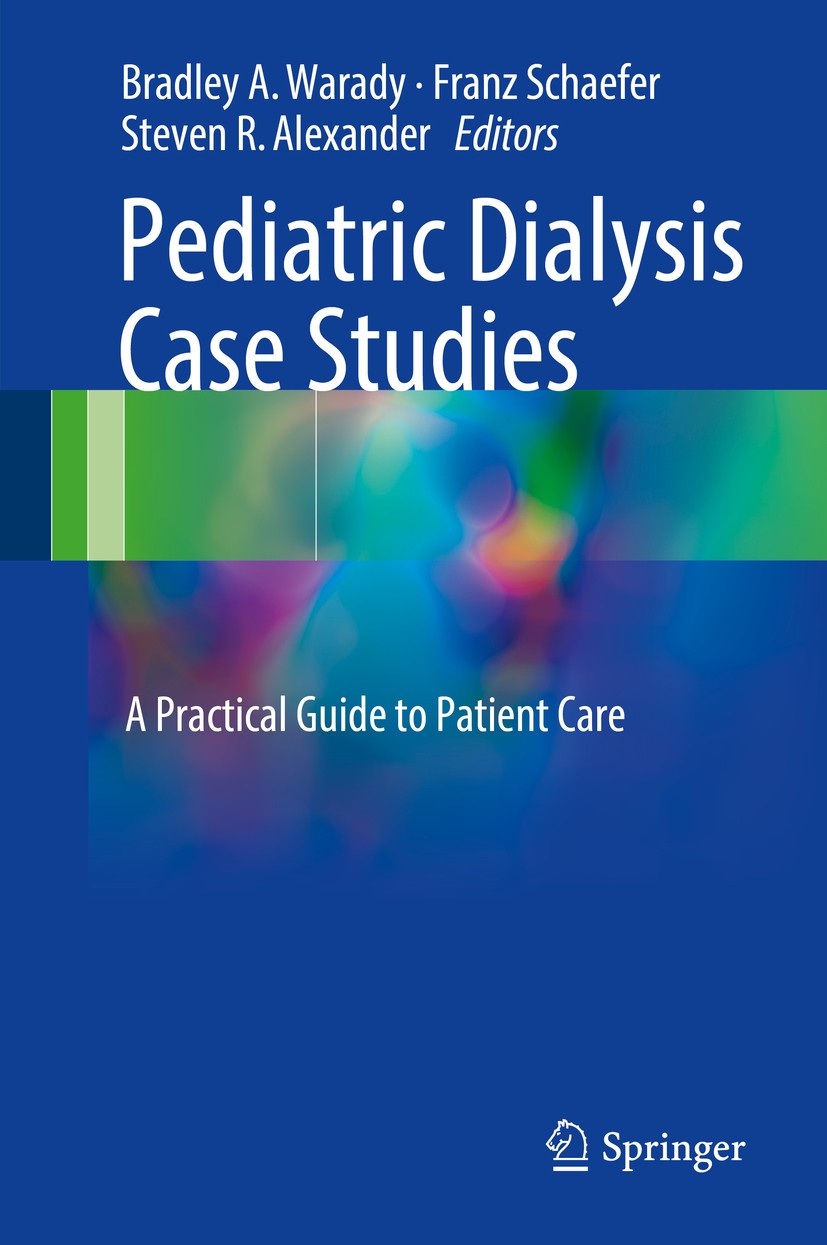| 书目名称 | Pediatric Dialysis Case Studies |
| 副标题 | A Practical Guide to |
| 编辑 | Bradley A Warady,Franz Schaefer,Steven R. Alexande |
| 视频video | http://file.papertrans.cn/744/743036/743036.mp4 |
| 概述 | A collection of common and challenging clinical cases of pediatric patients who recieve acute and chronic dialysis therapy.Each case is succinctly described and followed by a discussion of patient eva |
| 图书封面 |  |
| 描述 | .Edited by the same team that developed the successful .Pediatric Dialysis. and its second edition, this text features clinical management principles that are integral to the care of children receiving chronic dialysis. Each chapter is introduced by a case presentation that serves as the basis for key learning points that are clinically applicable and presented in a succinct manner. The topics included in .Pediatric Dialysis Case Studies. cover virtually all aspects of pediatric dialysis care and represent the efforts of an international group of experts with firsthand clinical expertise from all disciplines represented in the pediatric dialysis team. This resource is certain to help the clinician achieve improved outcomes for these often complex patients.. |
| 出版日期 | Book 2017 |
| 关键词 | Hemodialysis; Intoxications; Nutritional Management; Pediatric dialysis; Peritoneal access; Vascular acce |
| 版次 | 1 |
| doi | https://doi.org/10.1007/978-3-319-55147-0 |
| isbn_softcover | 978-3-319-85579-0 |
| isbn_ebook | 978-3-319-55147-0 |
| copyright | Springer International Publishing AG 2017 |
 |Archiver|手机版|小黑屋|
派博传思国际
( 京公网安备110108008328)
GMT+8, 2025-11-23 06:55
|Archiver|手机版|小黑屋|
派博传思国际
( 京公网安备110108008328)
GMT+8, 2025-11-23 06:55


